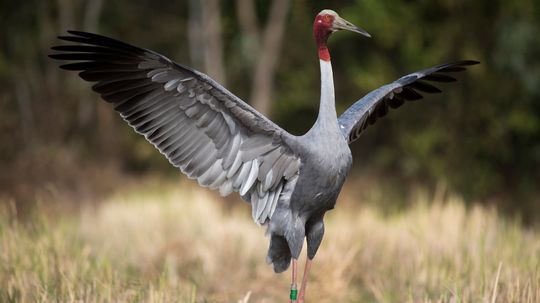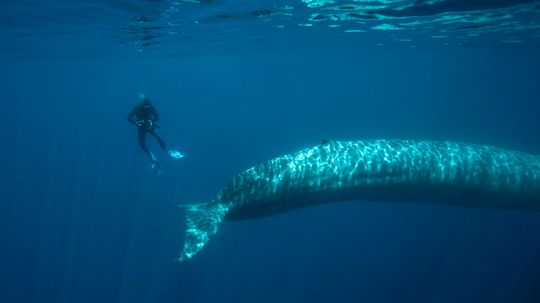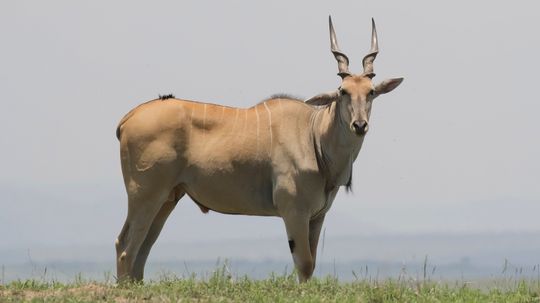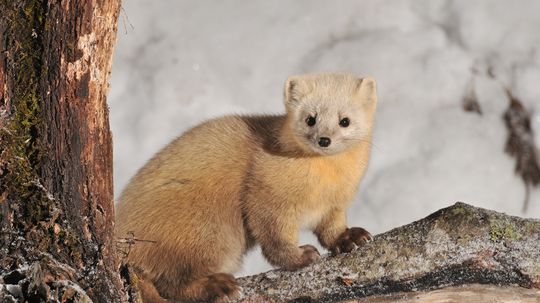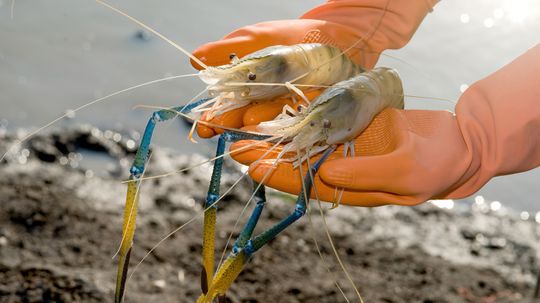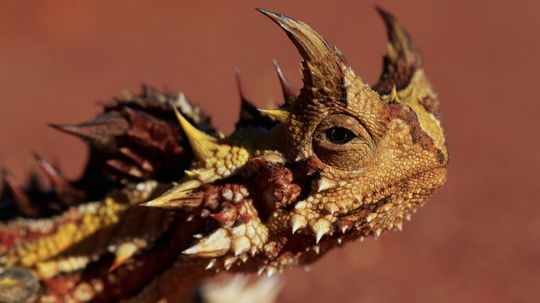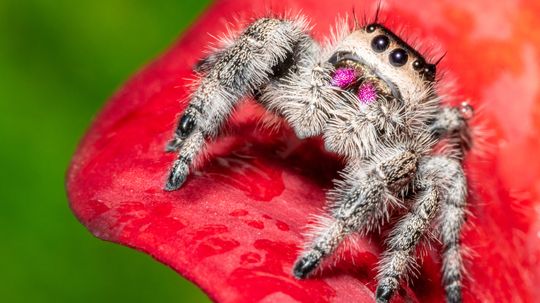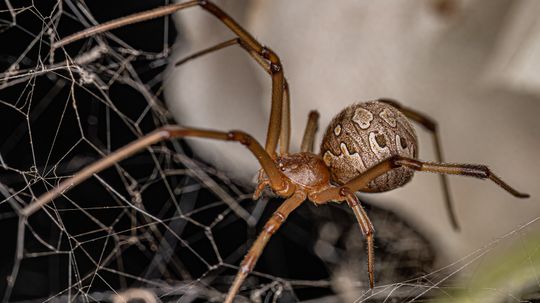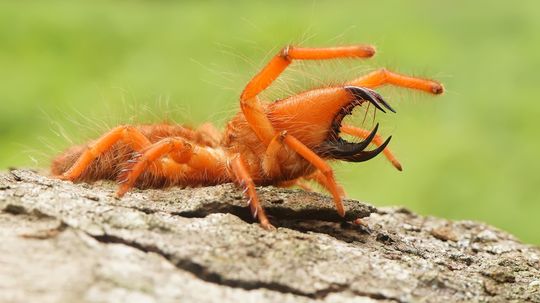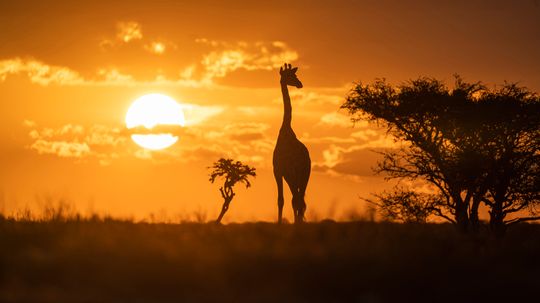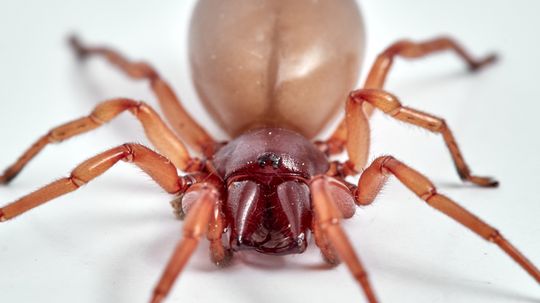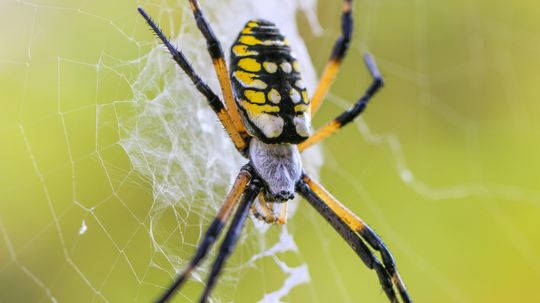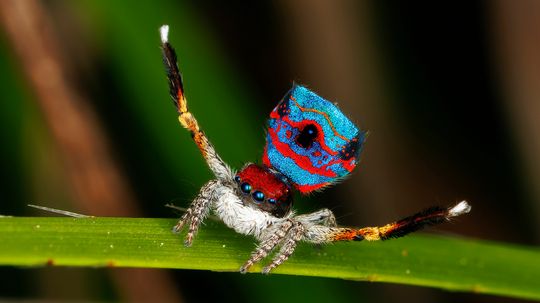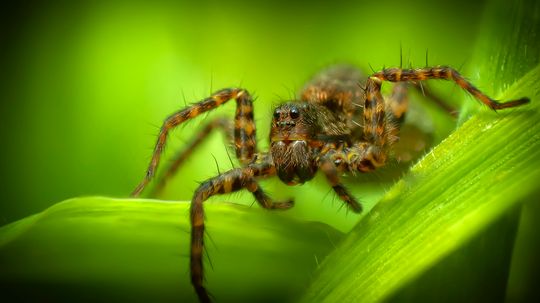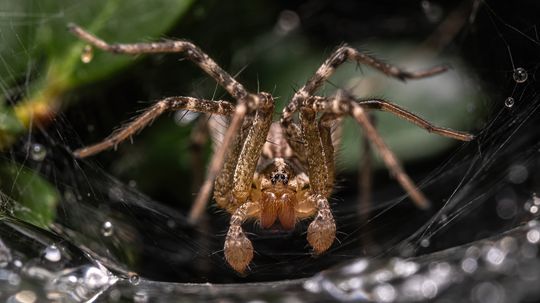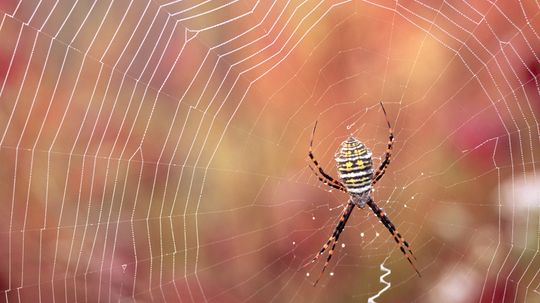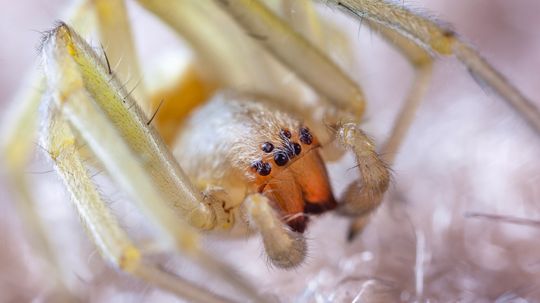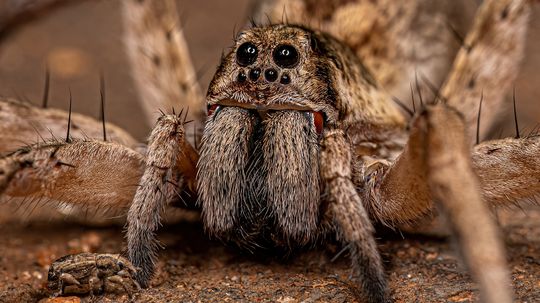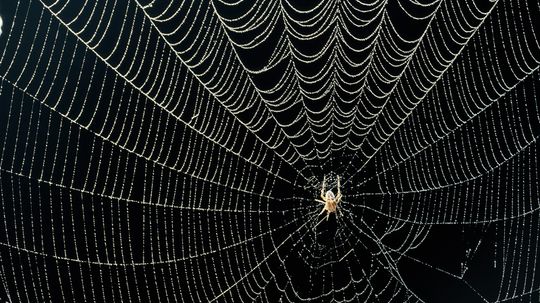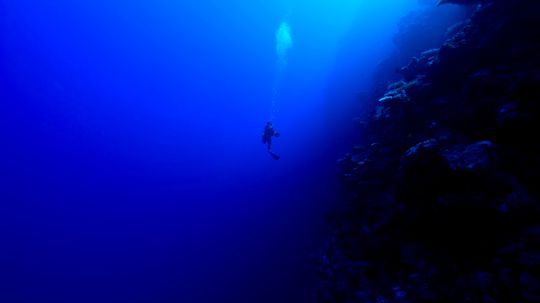Wild Animals
Whether they crawl, fly, swim, slither, walk, run or pounce, wild animals rely on their instincts. Read about all kinds of wild animals, mammals, birds, fish, insects, reptiles and amphibians.
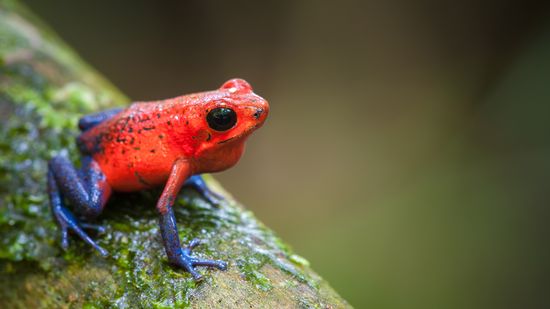
12 Colorful Frog Species: From Tie-dyed Designs to Rare Hues
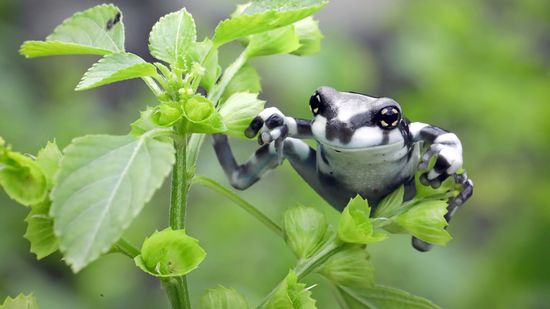
Amazon Milk Frog: Named for Its Defense, Not Its Color

The Red-eyed Tree Frog Has Extremely Sensitive Skin

10 Red Butterfly Species Found From India to Florida to Europe
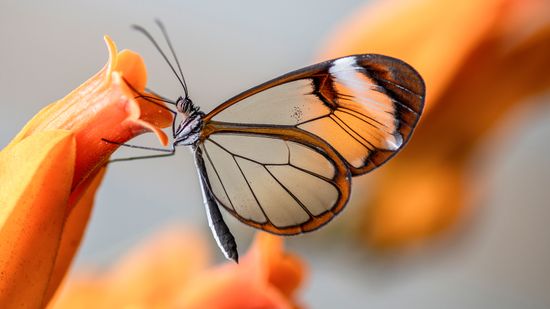
How the Glasswing Butterfly Flutters (Almost) Invisibly
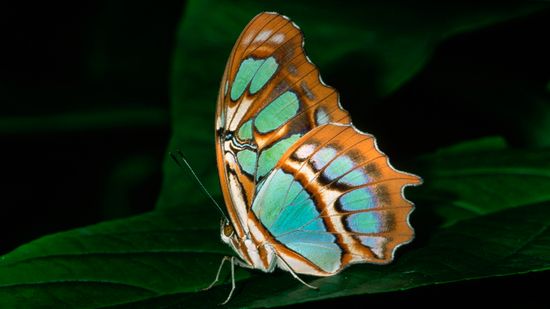
6 Green Butterfly Species Blending in With Their Environments
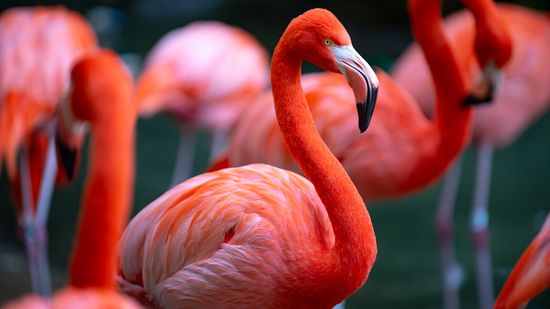
What Is a Group of Flamingos Called? Not a Flock, Another 'F' Word
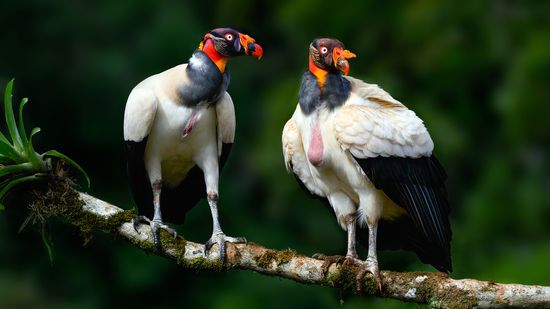
7 Ugliest Bird Species: Evolutionary Qualities That Aren't So Pretty

What's a Group of Ravens Called? Not a Murder (That's Crows)
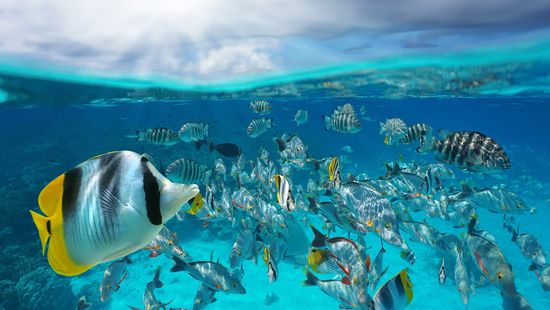
What Is a Group of Fish Called? Not Always a School
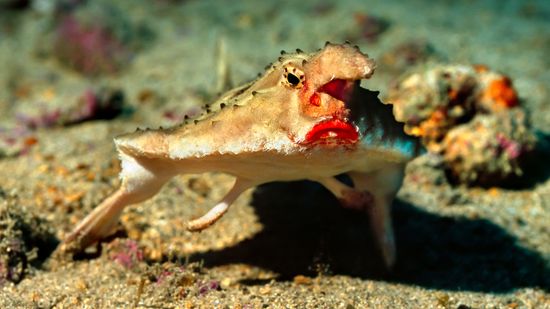
10 Weirdest Fish in the World: Batfish, Hairy Frogfish, and More

10 Scariest Fish Lurking in Rivers, Deep Ocean Waters, and Shells
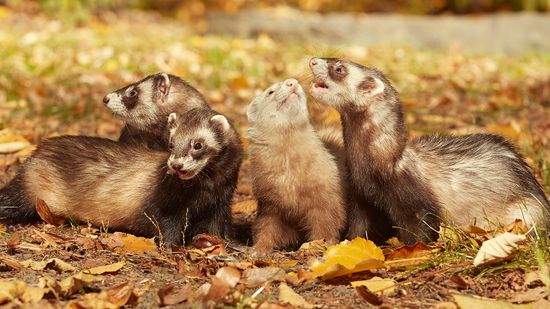
What Is a Group of Ferrets Called? You're Such a Busybody
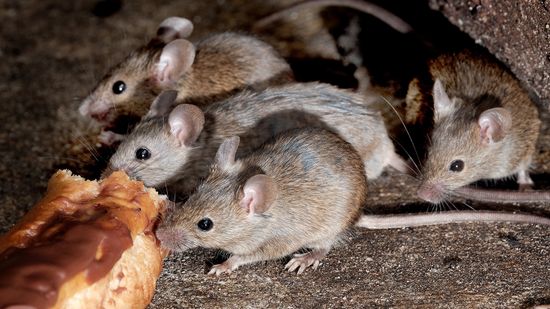
What Is a Group of Mice Called? Not Always a Colony
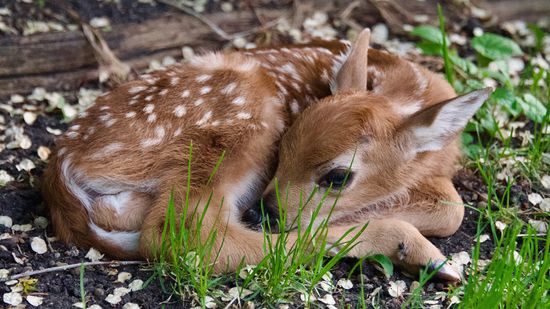
What Is a Baby Deer Called? (Aside From Adorable)
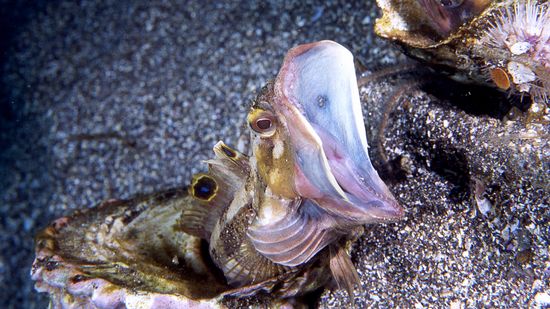
10 of the Scariest Sea Creatures Lurking in the Ocean's Depths
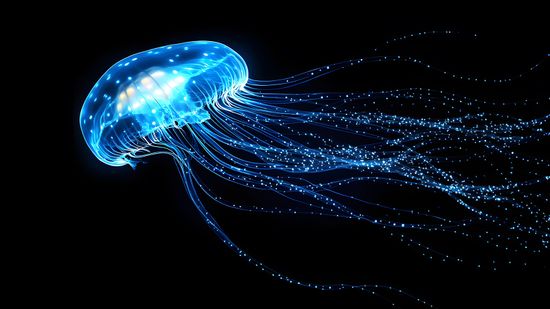
How Bioluminescent Jellyfish Get Their Signature Glow

White Spotted Jellyfish: Cute Until They Become Invasive
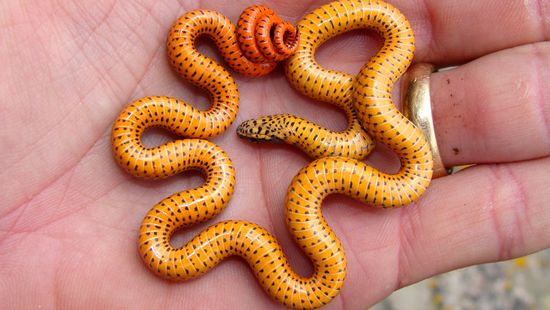
10 Cutest Snake Species That Have Us Squeeing

10 Colorful Lizards to Delight Reptile Lovers
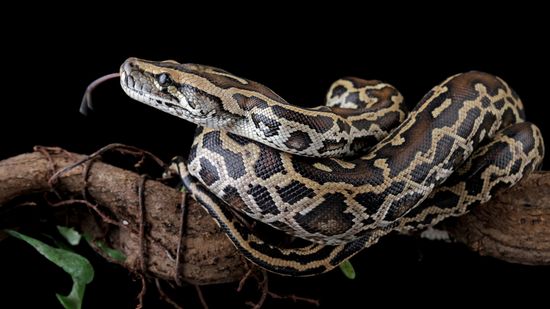
Python vs. Anaconda: Comparing Snakes and Software Languages
Learn More / Page 10
Flightless species of birds (such as ostriches, which are the largest living birds) tend to outsize any of the largest birds in the sky. Bigger sizes, while a liability in the air, can keep flightless birds safer on land.
By Ada Tseng
One of the most unique about whales is that they're the largest animals to ever exist on Earth — even bigger than the largest dinosaurs to have ever roamed the planet. That's right: The biggest whale of today dwarfs the T. rex.
By Ada Tseng
The eland is one of the largest antelopes — and one of the most graceful. Known scientifically as Taurotragus oryx, the eland lives in Africa, mostly in eastern and southern Africa.
By Yara Simón
Advertisement
Sables are luxurious little animals. These fur-bearing mammals, native to the forests of Eurasia, have sandy yellow, light brown, dark brown and black coats, which are valuable commodities in the fur trade. Sable pelts are a symbol of wealth and elegance.
By Yara Simón
Shrimp, in addition to being a tasty addition to many cuisines around the world, is sometimes used as an insult to call a person small or short. But did you know there are over 2,000 species of shrimp, and many shrimp actually grow to be quite large? The world's biggest shrimp is not what you'd typically call shrimpy in size.
By Ada Tseng
Australia's thorny devil, Moloch horridus, looks like something straight out of a sci-fi movie. You might not be surprised that it's also called the "devil lizard" or "mountain devil."
By Ada Tseng
The redback spider (Latrodectus hasselti) is one of Australia's most iconic arachnids. It's a member of the widow spider family, closely related to the black widow spider. They're famous for their distinctive red markings and potent venom.
By Ada Tseng
Advertisement
The regal jumping spider (Phidippus regius) is a fuzzy spider that's named for its incredible jumping ability and vivid colors. They have four forward-facing eyes, giving them better vision than other spiders.
By Ada Tseng
Let's talk about spider eggs, those tiny wonders of nature that hold the next generation of arachnids.
By Ada Tseng
The brown widow spider (Latrodectus geometricus) is a lesser-known relative of the infamous black widow. The first brown widow spider was discovered in Los Angeles in early 2000. A member of the cobweb spiders, it is now found in warm, urban areas worldwide.
By Ada Tseng
The trapdoor spider is one of the sneakiest hunters in the arachnid world. These clever spiders are named for their unique hunting strategy: They build burrows with hinged "doors" made of soil and twigs that they use to ambush and capture prey. These burrows are lined with silk for stability.
By Ada Tseng
Advertisement
The sun spider is known for its great speed and powerful jaw. Oddly enough, sun spiders, which are also called wind scorpions or camel spiders, are neither spiders nor scorpions. They belong to the order Solifugae, a group of fast-moving, highly specialized arachnids.
By Ada Tseng
The savanna (sometimes mistakenly spelled as "Savannah," which is in the state of Georgia) describes an African region with grasslands and minimal tree densities. This wide-open landscape becomes a theatre where each animal's instincts and unique evolutionary skills are tested.
By Mitch Ryan
Let's talk about the woodlouse spider, an arachnid with a unique hunting style and impressive jaws. Known scientifically as Dysdera crocata, this spider has a special knack for preying on woodlice, making it an unusually dominant predator in its ecosystem.
By Mack Hayden
Let's talk about one of the most misunderstood arachnids in your backyard: the garden spider. Known for their intricate webs and striking colors, these arachnids are some of the most beneficial spiders around, keeping insect populations under control.
By Mack Hayden
Advertisement
The sparklemuffin peacock spider (Maratus jactatus) is a tiny spider that lives up to its vivacious name. This dazzling arachnid was given its moniker in 2015 by UC Berkeley PhD student Maddie Girard after they were discovered in Wondul Range National Park in southern Queensland, Australia.
By Ada Tseng
Spiders are some of the most common creatures we share our homes with. While they may seem scary at first, most house spider species are harmless and even helpful, keeping pest insects under control.
By Talon Homer
The grass spider is one of of the most common critters you'll find in your backyard. Part of the Agelenopsis genus, these arachnids are masters at building funnel-shaped webs in dense vegetation and brush piles, where they lie in wait for prey.
By Talon Homer
Let's talk about the orb weaver spider, an arachnid renowned for its beautiful, circular webs. Found in gardens, forests and backyards around the world, orb weavers are some of the most common spiders and play a vital role in controlling insect populations.
By Zach Taras
Advertisement
The yellow sac spider is one of the most common spiders humans encounter, as they're often wandering indoors or hanging out in gardens. Scientists also believe they account for more human insect bites than any other spider.
By Ada Tseng
Let's talk about the funnel web spider, one of the most notorious arachnids in the world. Known for their fast-acting venom, funnel web spiders are both fascinating and intimidating.
By Zach Taras
The wolf spider is one of the most impressive hunters in the arachnid family. Known for their speed, excellent vision and fascinating parenting habits, these spiders are a critical part of ecosystems around the world.
By Zach Taras
The huntsman spider is one of the fastest and most agile arachnids on the planet. The species is often confused with tarantulas because of the hairy bodies, but their distinguishing trait is their long, angular, crab-like legs that help them move forward and sideways quickly.
By Ada Tseng
Advertisement
A spider web is much more than meets the eye. These intricate structures, created entirely from silk, allow spiders to capture prey, build shelter and even communicate. Spider webs are shockingly durable, made with materials that, gram for gram, are stronger than steel!
By Zach Taras
The frilled shark (Chlamydoselachus anguineus), also known as the scaffold shark, is often called a "living fossil." This ancient shark has remained largely unchanged for millions of years, offering us a glimpse into the distant past. It's the only living species from its family of sharks.
By Mack Hayden
